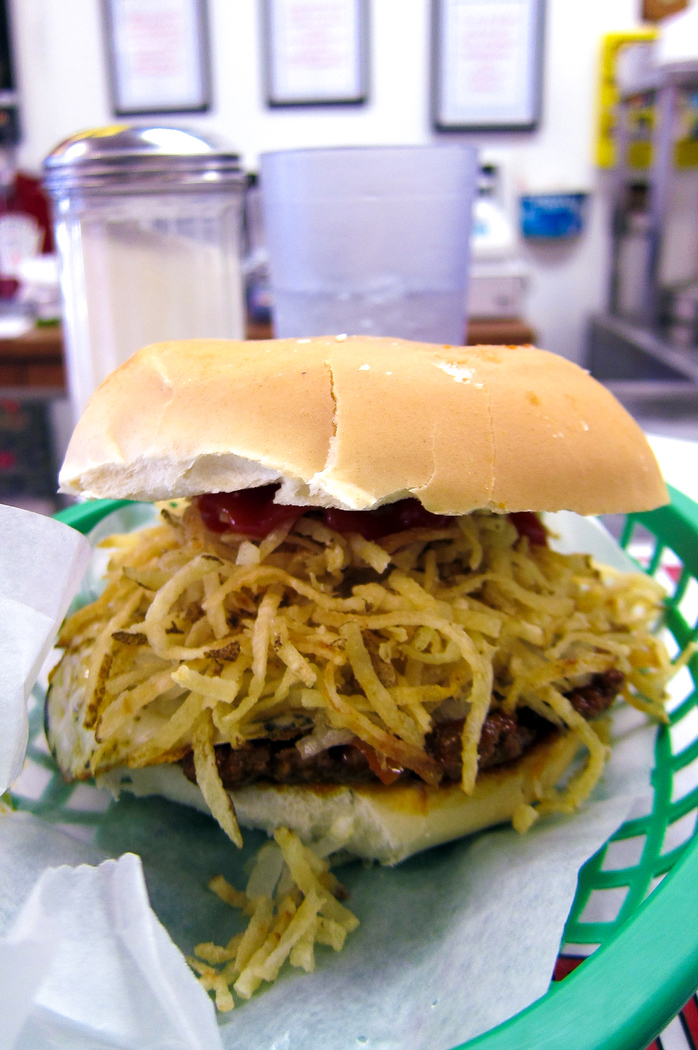Cuban Food: Exploring the Rich Flavors and Culinary Traditions
Cuban food is a vibrant and flavorful cuisine that has gained popularity worldwide. Rooted in the diverse cultural influences of Spain, Africa, and the Caribbean, Cuban cuisine offers a unique fusion of ingredients and cooking techniques. In this article, we will delve into the essence of Cuban food, its key dishes, and the cultural significance it holds.

Las Terrazas Cuba Campesino table
1. A Blend of Culinary Influences:
1.1 Spanish Influence:
- Introduction of ingredients like pork, rice, beans, and tomatoes.
- Techniques such as sofrito, a flavor base made from sautéed onions, garlic, and peppers.
- Traditional Spanish dishes like paella adapted to Cuban flavors.
1.2 African Influence:
- Incorporation of yucca, plantains, and African spices.
- Mojo sauce, a tangy blend of citrus juices, garlic, and spices.
- Roasting and slow-cooking techniques influenced by African culinary traditions.
1.3 Caribbean Influence:
- Seafood dishes enriched with tropical flavors.
- Use of coconut milk, tropical fruits, and spices like allspice.
- Taino Indians' influence on traditional ingredients and cooking methods.

Paella
2. Staple Ingredients:
- Rice: A key component in many Cuban dishes, such as arroz con pollo (rice with chicken).
- Black Beans: Often served alongside rice as the famous moros y cristianos (Moors and Christians).
- Pork: Ubiquitous in Cuban cuisine, featured in dishes like lechon asado (roast pork).
- Plantains: Versatile ingredient used both ripe (maduros) and green (tostones).
- Yuca: A starchy root vegetable used in various forms, such as yuca con mojo.
3. Iconic Cuban Dishes:
3.1 Ropa Vieja:
- Shredded beef stewed in a flavorful tomato-based sauce.
- Served with rice, beans, and plantains.

Frita
3.2 Cubano Sandwich:
- A classic Cuban sandwich with layers of roasted pork, ham, Swiss cheese, pickles, and mustard.
- Pressed to perfection and served warm.
3.3 Medianoche:
- Similar to the Cubano sandwich, but made with sweet bread.
- Traditionally eaten as a late-night snack.
4. Cultural Significance:
- Social gatherings: Cuban food is often shared during family celebrations and social events.
- Community bonding: Preparing and sharing food is an essential part of Cuban culture, fostering a sense of unity.
- Cultural identity: Cuban cuisine reflects the island's history, heritage, and the resilience of its people.
5. Cuban Food Beyond Borders:
- Cuban diaspora: Cuban food has spread to various countries, especially the United States, where Cuban communities have introduced their culinary traditions.
- Fusion cuisine: Chefs worldwide have embraced Cuban flavors, incorporating them into innovative dishes, creating a global fusion of flavors.
Cuban food is a vibrant and diverse cuisine that showcases the cultural heritage of the island. From its Spanish, African, and Caribbean influences to its staple ingredients and iconic dishes, Cuban cuisine offers a rich tapestry of flavors and aromas. Whether enjoyed in a traditional Cuban household or at a restaurant across the globe, Cuban food continues to captivate food enthusiasts with its unforgettable taste and cultural significance.